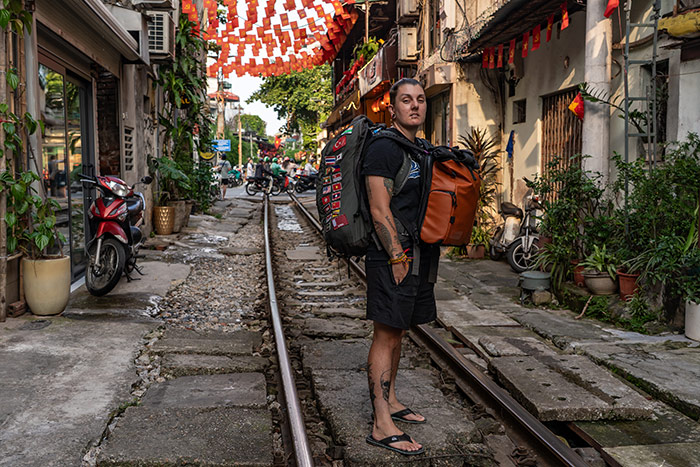
Backpacking across Southeast Asia has consistently been a preferred choice for economical travelers, presenting a budget-friendly method to discover numerous nations. Even as we advance deeper into the 21st century, this area continues to be a hub for those in pursuit of adventure without overspending. The closeness of varied destinations, along with enhanced transportation alternatives, simplifies traversing from one locale to another.
In the 1990s, backpacking in Southeast Asia was a distinct experience. The infrastructure was not as advanced, and traveling between sites often demanded patience and adaptability. Fast forward to today, and the environment has notably changed. High-speed trains, like the one in Laos, alongside numerous domestic airlines in Thailand, have transformed travel within the area. These improvements enable swift and comfortable coverage of extensive distances.
Access to travel information has significantly advanced as well. Previously, organizing a trip involved consulting various sources, but now platforms such as 12Go streamline the process by offering a comprehensive array of travel choices, including trains, buses, ferries, and flights, all in one place.
Visa regulations have shifted too, making it simpler for digital nomads and long-term visitors to remain in the area. Thailand, for example, provides a visa that permits stays of up to six months at a time for five years, catering to self-employed individuals and non-retirees.
Train travel in Southeast Asia has experienced substantial enhancements. The high-speed train in Laos presents a comfortable option compared to the previously grueling journey between cities. The train from Vientiane to Luang Prabang, for instance, takes merely two hours and costs between $26 and $33. Although high-speed rail links between nations are still scarce, domestic train travel within countries like Thailand, Malaysia, and Vietnam offers scenic and economical choices.
Budget airlines have made air travel increasingly reachable, with several carriers providing competitive fares on both domestic and international routes. Airlines like AirAsia, Scoot, and Cebu Pacific offer extensive coverage, enabling travelers to fly affordably throughout the region. Nonetheless, it is crucial to consider extra costs for luggage, as budget airlines frequently charge separately for checked baggage.
Ferries continue to be an essential means of transport in island nations such as Indonesia and the Philippines. While airfare has reduced, ferries remain the most practical method to navigate between certain islands. They also present unique chances to explore lesser-known areas, such as the trip from Malaysia to Sumatra.
Buses remain a fundamental choice for budget travelers, supplying connections to even the most isolated spots. While some bus journeys can be tough due to cramped conditions and erratic schedules, they provide an authentic glimpse into local life. For more comfortable trips, travelers may select higher-class buses featuring air conditioning and reclining seats.
Ride-sharing applications have also emerged, presenting convenient alternatives for shorter distances. While international giants like Uber and Lyft are less prevalent, local apps such as Grab and Bolt offer dependable services in various nations.
In summary, backpacking in Southeast Asia continues to be an economical and fulfilling endeavor. With enhanced transportation options and simpler access to information, travelers can relish the diverse cultures and landscapes of the region with greater convenience than ever before.